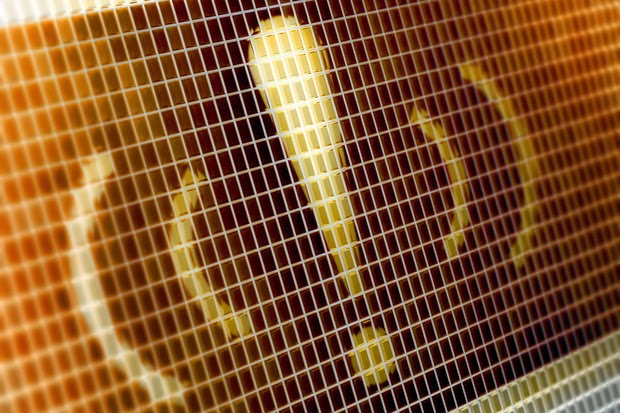#Ossia's 'Cota' Technology Promises Wireless Charging Up To 30 Feet Via Wi-Fi Or Bluetooth
A company called Ossia that focuses on wireless charging announced today a new breakthrough technology called "Cota." The system can charge devices remotely up to 30 feet by using Wi-Fi and Bluetooth antennas as receivers. This would save OEMs and ODMs money as they don't have to integrate any new antennas into their devices to receive the power wirelessly.
According to Ossia, all that's needed to integrate this new technology are slight modifications to circuitry and the device's firmware.
Because Cota has a range of 30 feet, it can charge all devices situated in a typical home or office room simultaneously. The system needs a charger and a receiver (inside the devices) to work. The receiver sends omnidirectional beacon signals to find the Cota charger. Once the charger is found, it returns "thousands of targeted signals that build pockets of energy at only the precise locations of the beacons' origins," according to Ossia.
This sort of precise targeting means that the system is not only highly efficient, but Ossia said that it's also inherently safe. The tracking beacons use only 1/10,000th of a Wi-Fi signal's power, which is itself already quite a low-power signal. The physical properties of the Cota technology naturally avoid anything that absorbs energy, such as people, pets and even plants.
Just as companies started to integrate the existing three best-known wireless charging technologies into their devices, it seems yet another one has appeared. The good news is that this Cota technology doesn't seem to need major changes to devices to work. Ossia will also make the technology available in dongles and smartphone sleeves until it can convince OEMs to see the benefits and, ideally, incorporate it directly into devices.
Being a wireless technology that has to charge devices at a significant distance, Cota will still be less efficient than simply plugging your smartphone into a wall outlet. The technology works at around 30 percent efficiency of a dedicated charger; Ossia said that a charging pad can push about 50 percent the efficiency of an outlet. The disadvantage for both dedicated chargers and charging pads is that they consume power continuously, even after they've charged the devices. The Cota chargers, on the other hand, go into hibernation when the devices are charged, and thus then they consume much less energy.
The Cota charger can deliver up to 1W of power safely, but more power could be delivered to devices that aren't worn on the body, such as speakers, routers, and so on. Ossia said that for a 24-hour period, the average usable energy is about 72 Wh. The company also said that there will be two types of chargers initially: one with a 6-8 foot range for small rooms, and one that can power multiple devices through walls or other obstacles at a range of 10 feet.
Ossia's vision for wireless charging seems to be that you shouldn't even need to think about charging your devices. The energy should flow, safely, everywhere. Our mobile devices should be virtually always charged, and we should never run out of power.
Whether Cota is the actual technology to achieve this wireless charging panacea remains to be seen. However, this has always been the dream with wireless charging -- a world where smartphones, notebooks and even (electric) cars could be constantly charging, drawing energy from all the solar panels (or other renewable sources) around us.
Ossia is now working to miniaturize the technology into a chip that can be more easily implemented by OEMs, and it hopes that we will see devices with Cota wireless charging sometime next year.
YouTube Link:  http://bit.ly/1Ivm7CP
http://bit.ly/1Ivm7CP





Comments
Post a Comment